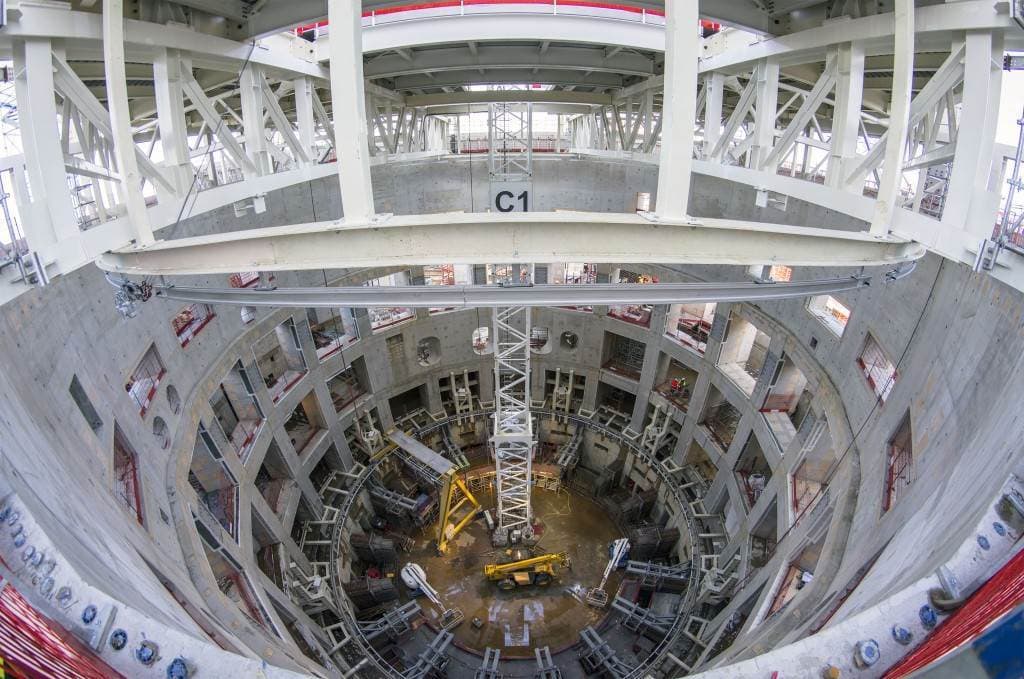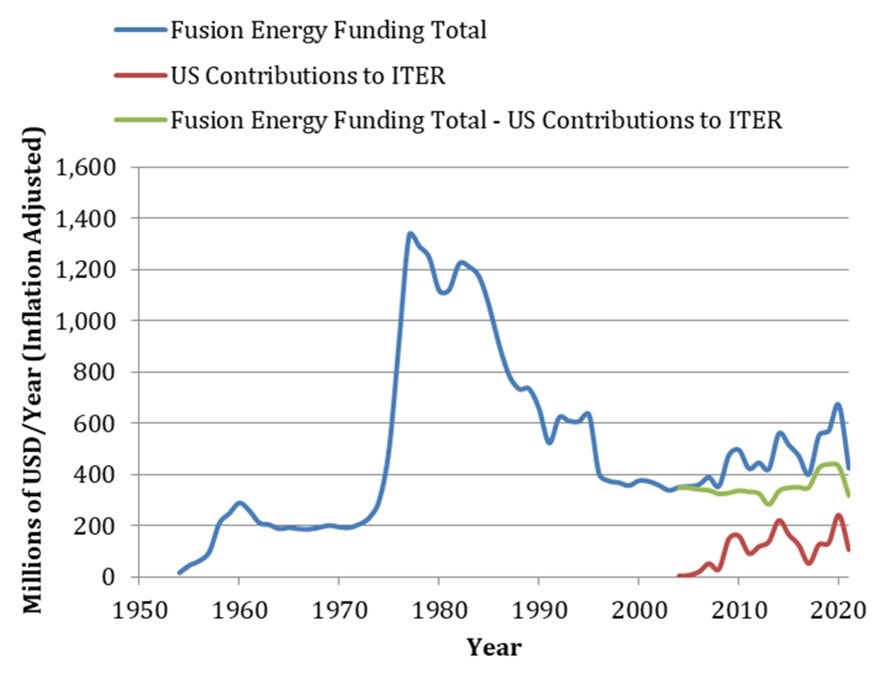
China’s artificial sun in Hefei (合肥) dominated headlines in the first months of 2022; so would the successful ignition at the Lawrence Livermore National Laboratory in California (United States) at the end of that same year. What does energy from nuclear fusion entail? Why does it still elude us almost seventy years after its conception? And most importantly, what has been achieved during those years that gives us hope for a more sustainable, decarbonized world? This is how nuclear fusion engineering has advanced.
Nuclear fusion, clean nuclear fusion
The term nuclear has lots of negative connotations due to certain accidents in nuclear fusion technology; Chernobyl is the first to come to mind. However, the branch of study dealing with these subatomic properties of nature has come up with technology like nuclear medicine that saves lives on a daily basis, food irradiation to eliminate pathogens, and nuclear fusion technology, which promises to be one of the sustainable energy sources of the future.
Unlike nuclear fission, which splits heavy atoms and generates long-lasting radioactive waste, nuclear fusion unites light atoms to give rise to reactions that are the opposite of fission. These types of reactions actually occur in the Sun. Nuclear fusion does not produce long-lasting nuclear waste, nor can it undergo destructive chain reactions, radioactive leaks, or deflagration. Nor does it hold military potential like big explosions.
Since the only thing nuclear fusion needs are light atoms like hydrogen (which is everywhere) and input energy, it is considered to be a technology with great potential for sustainability and decarbonization. If stable production and commercialization were achieved, as the international project ITER hopes to do, this could drastically reduce dependence on fossil fuels. Despite the advances in engineering, this technology continues to evade us and is still several decades away.

Interior of the ITER nuclear fusion reactor
Major advances in engineering in recent years
In the last few years, incredible advances in engineering have been made; thanks to this, fusion nuclear reactors of various types have achieved previously unprecedented milestones. Here are some of the most significant ones:
The tokamak HL-2M from Chengdu (China) managed to operate at 150 million degrees for 10 seconds in 2021. In May of that same year, the Experimental Advanced Superconducting Tokamak (EAST) in Hefei reached 120 million degrees Celsius for 101 seconds, and in December, they stabilized 70 million degrees Celsius for 17 minutes at the same facility.
At the end of that year, an MIT team achieved another milestone in magnetic field strength with its SPARC reactor. The magnetic field is key both in tokamak containment and in smaller reactors. This team reached 20 teslas of magnetic field for five hours. In comparison, the Earth has a field of 0.00007 T.
Unlike experimental reactors like ITER, SPARC is designed for commercial use. As David Kirtley, CEO of Helion Energy, points out in Why Nuclear Fusion Is Closer Than You Think, this reactor design is more interesting for commercial purposes because it ‘captures’ electrical energy directly and doesn’t go through turbines or systems that make it lose efficiency. In addition, they work in parallel with several generations of reactors to speed up the process. What they learn with tests using 5 or 6 of them is applied to design the seventh, speeding up the innovation calendar.
One of the advantages of SPARC is that it doesn’t require ‘ignition’ either, a term that became popular in 2022. Back in 2021, a laboratory test achieved ignition at the National Ignition Facility (NIF), reaching 1.9 MJ of outgoing energy for each fusion reaction. In December 2022, for the first time in history, this laboratory managed to produce 3.15 MJ of output with just 2.05 MJ of input in less than one billionth of a second. While its commercialization or common use is still not viable, that had never been done before.
A large-scale financing problem
The first calculations and experiments on nuclear fusion were done around the middle of the 20th century; at that point, they projected it would take 20 to 30 years to achieve stable fusion. But with each passing decade, that agenda has been pushed back. Why are there always decades to go to achieve fusion?
This is a matter of resources, both economic and energetic. The lower graph, drawn by the German physicist and biologist Rachel Margraf, shows the United States’ contribution as a pioneer country in nuclear fusion during the last century from the beginning of this long-distance race. The upward curve coincides with the oil crisis of 1973 and 1974. The descending one reflects the increase in cheap fuel.

Since there is a relationship between energy need and fuel price, the current energy crisis is expected to be a driver of nuclear fusion, as well as other clean technologies like renewables. The war in Ukraine has accelerated the Energiewende, Germany’s transition to green energies.
The rest of Europe has followed suit, and the REPowerEU project, which aimed to make 55% of energy renewable by 2030, has raised that figure to 69%. The increase in the price of fuel can give the final boost nuclear fusion energy needs; with it, humanity will gain an important pillar for sustainability.




There are no comments yet